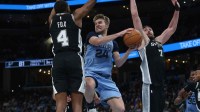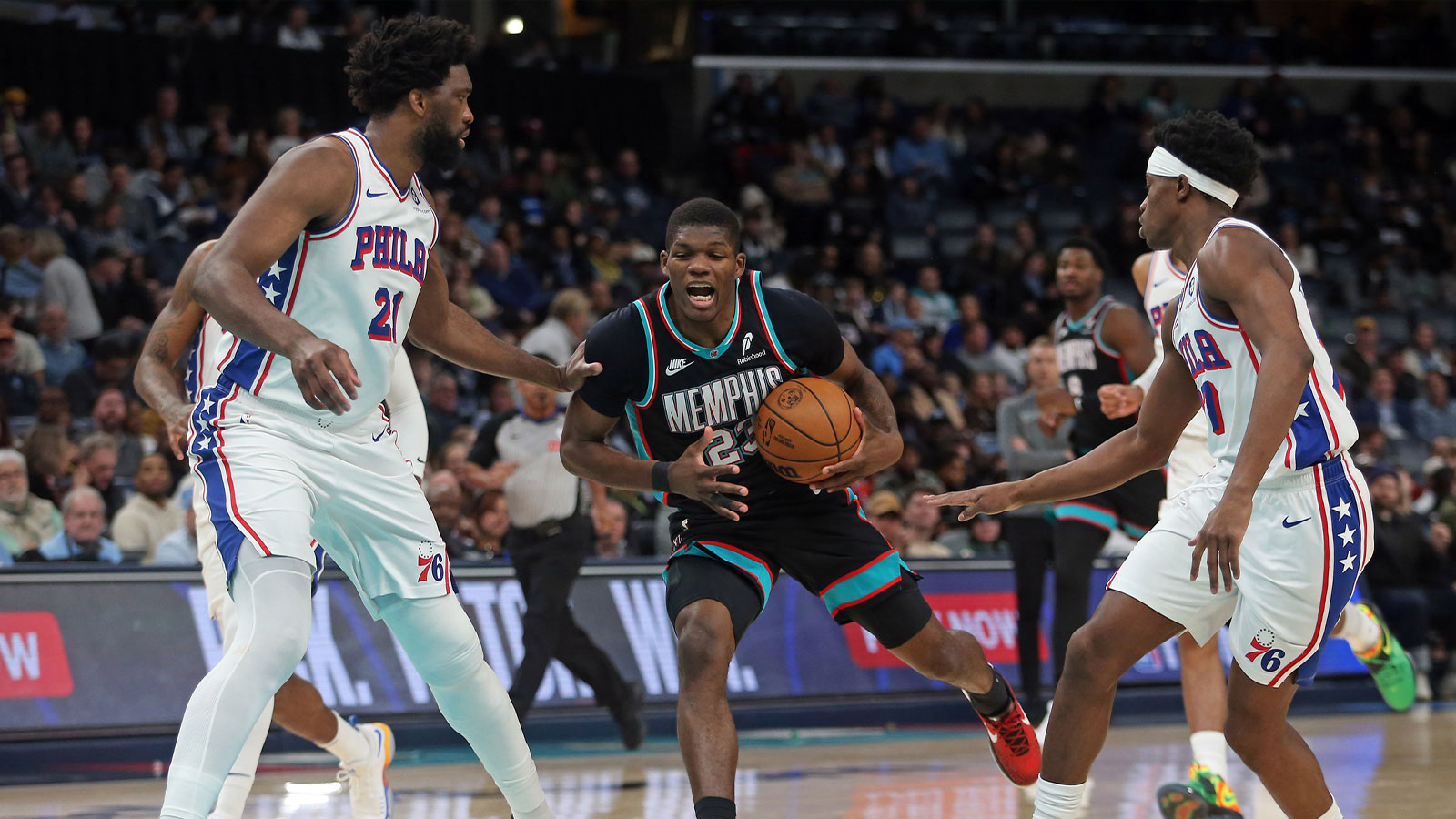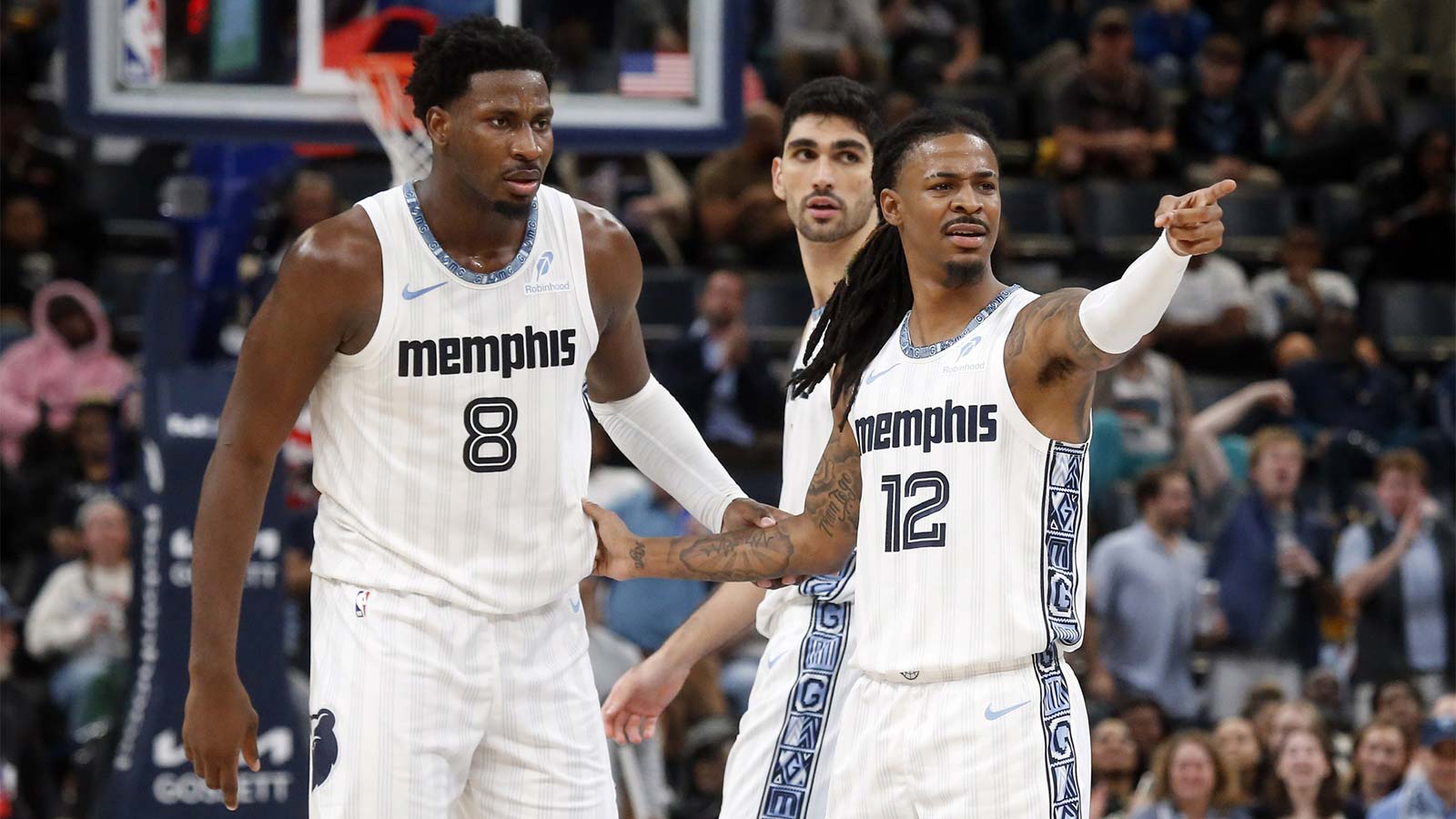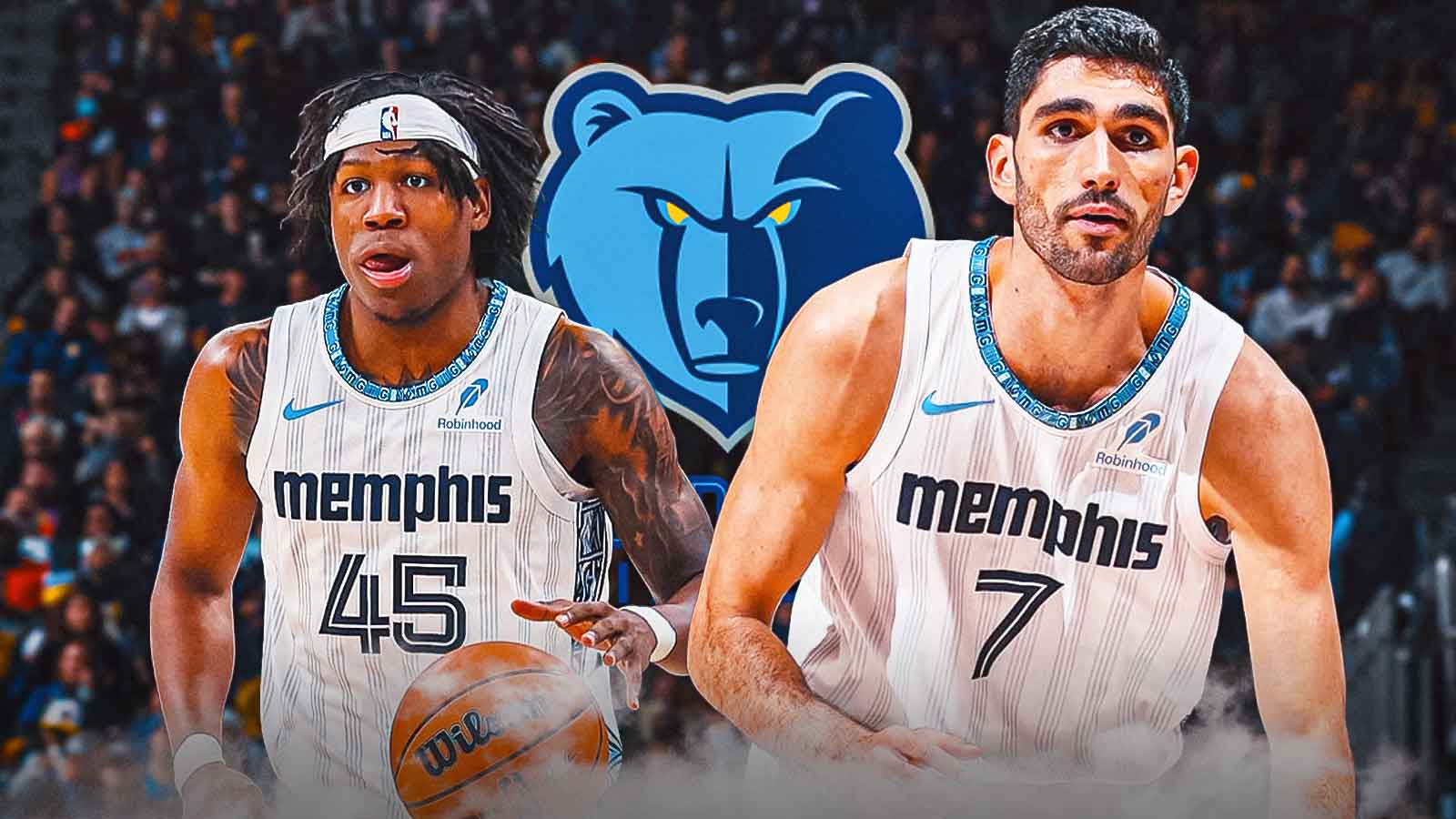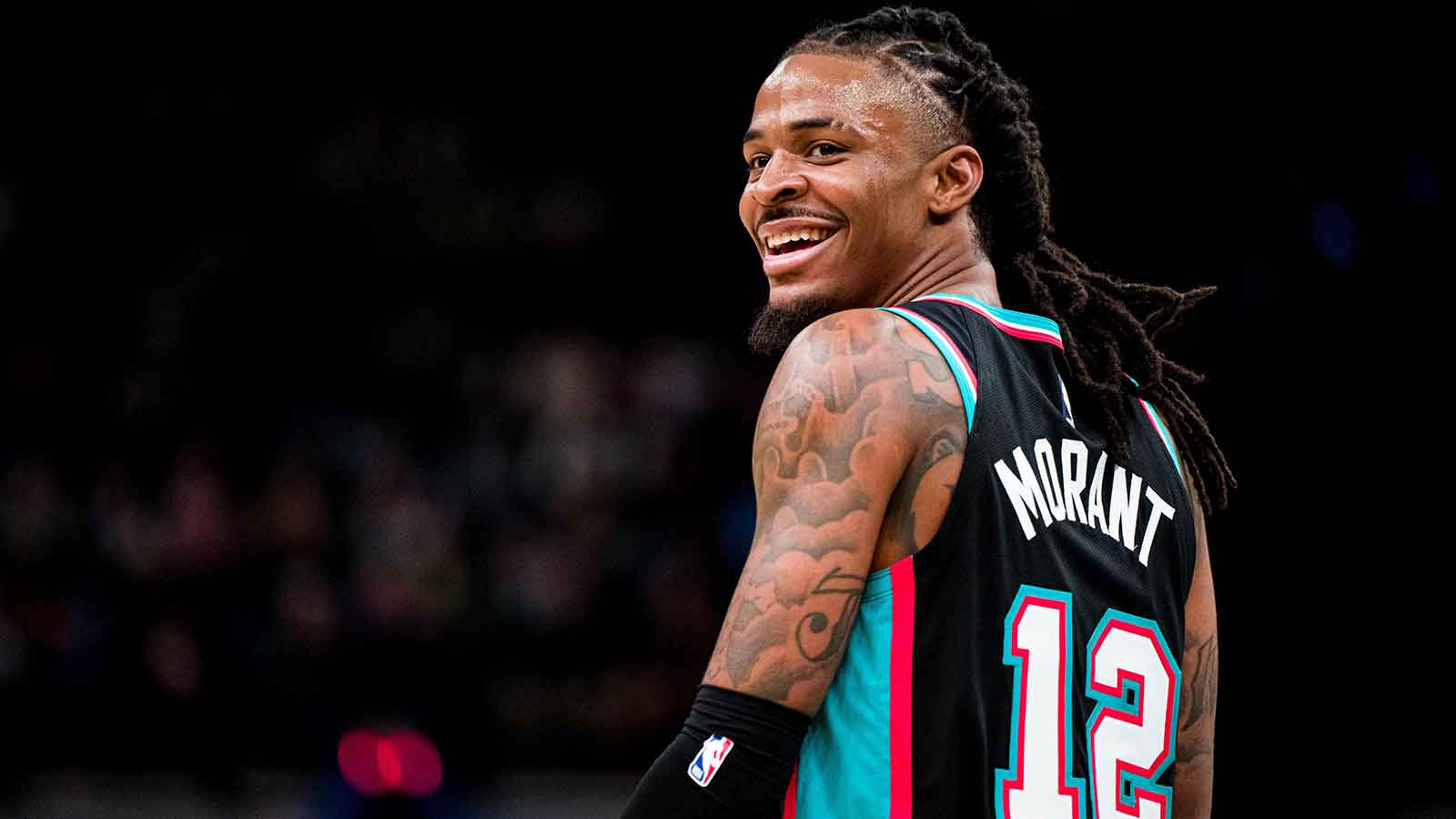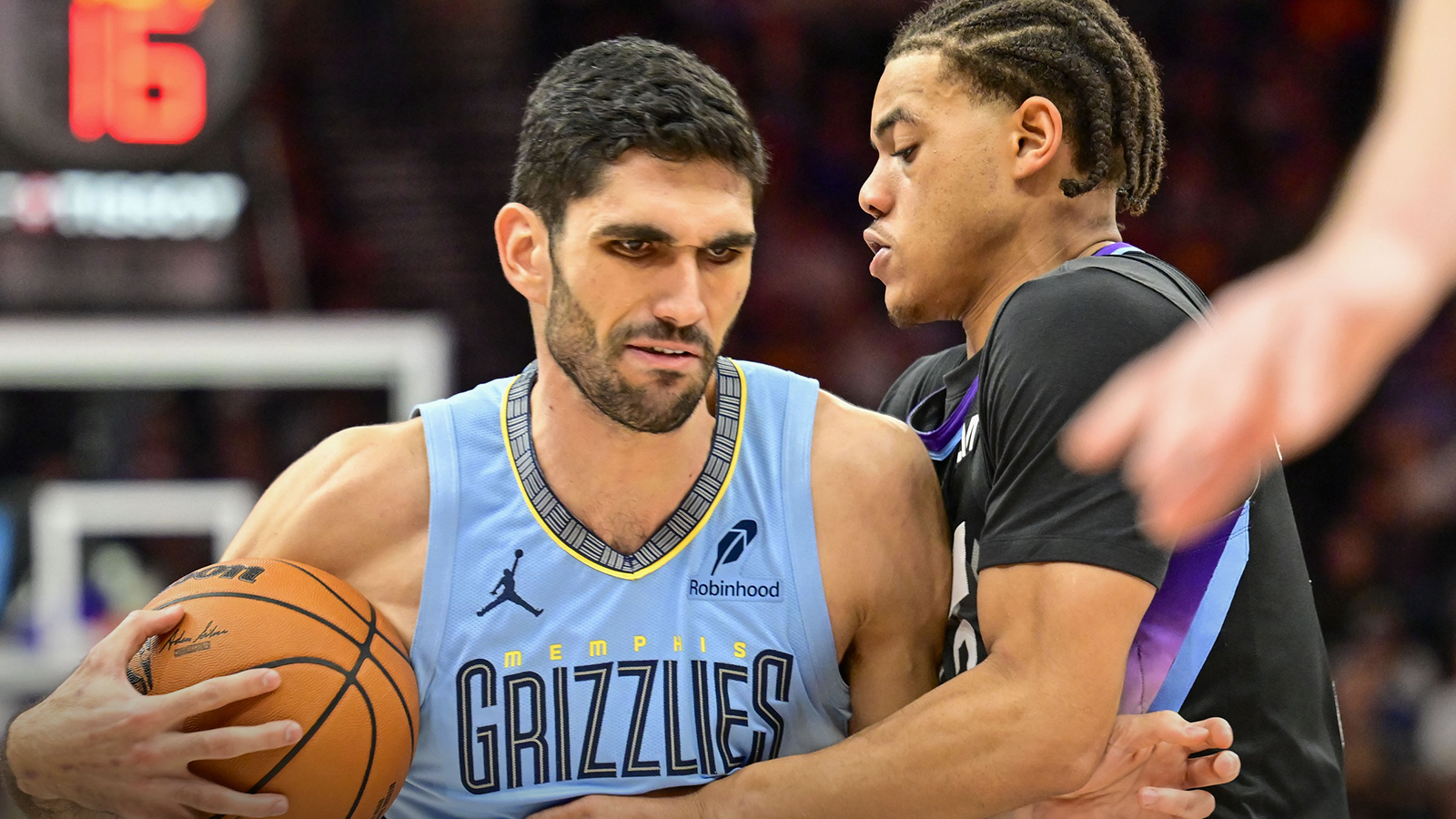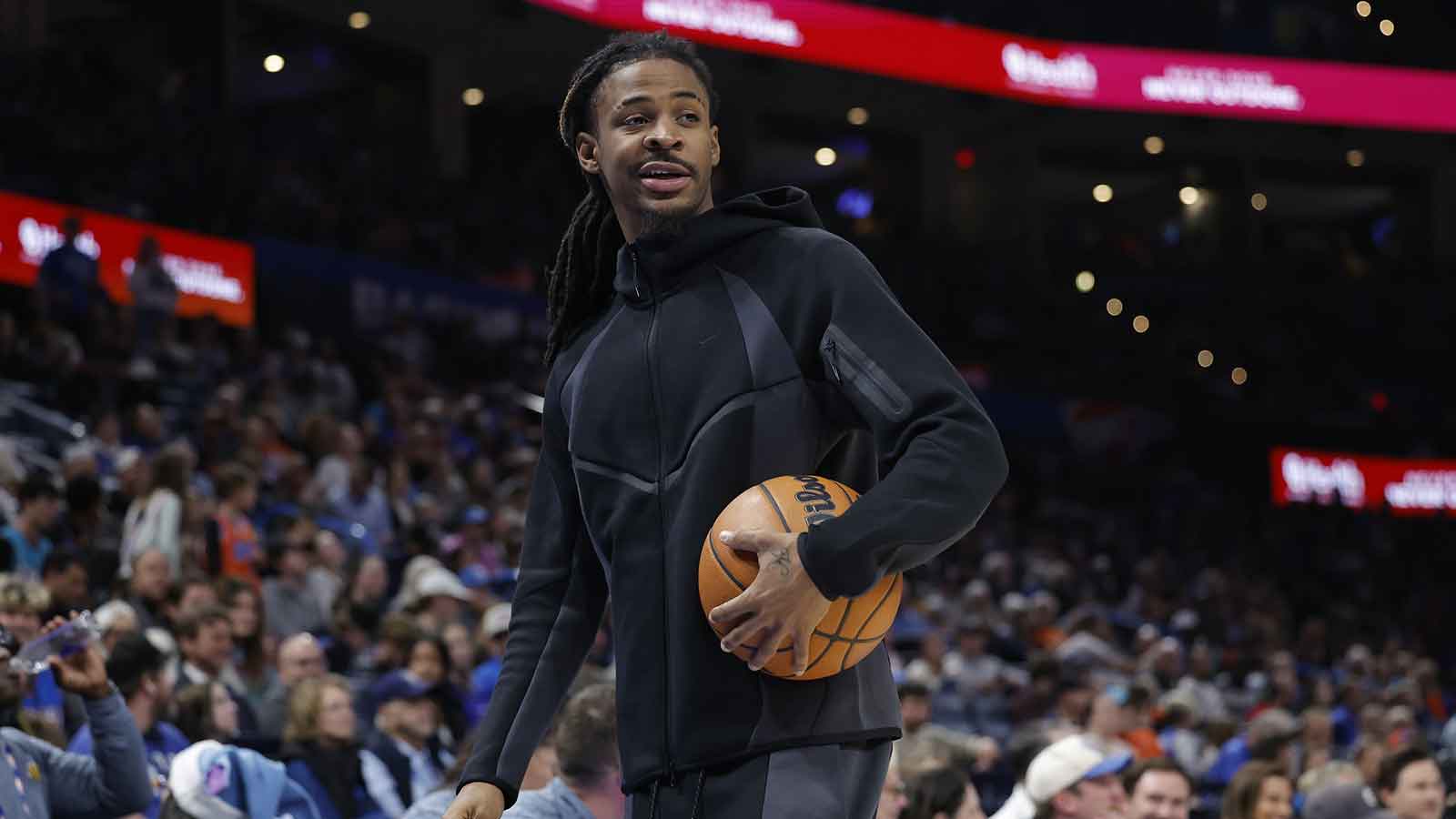Small-market NBA team cycles are often the same: develop talent, enjoy a brief contention window, and then watch as financial realities force a rebuild. However, the Memphis Grizzlies could break that mold as Robert Pera has the power to shatter that glass ceiling with a sledgehammer. A perfect storm of extraordinary wealth growth, locked-in star talent, and roster flexibility around Ja Morant should allow EVP/GM Zach Kleiman to be aggressive in ways few franchises can match over the next five seasons.
According to Forbes, Pera is the sixth-richest team owner in sports thanks to huge gains in Ubiquiti share prices. The wireless equipment giant more than doubled in value last year, reaching $528 a share to close out August. Pera’s net worth, pegged at over $37 billion by Bloomberg, has surged approximately 140%. The Grizzlies are worth around $3 billion, though by all accounts Pera is unlikely to sell. The 47-year-old former high school hooper did not buy a team to quit the championship chase now.
An explosion in the AI industry has been divisive in Memphis. Yet oddly, the surge in stock market interest catapulted Pera into the upper echelon of sports ownership wealth. This isn't play money; it's a legitimate fortune that provides the Grizzlies with a competitive advantage few teams can match. Dan Gilbert (Cleveland Cavaliers) suffered a 20% net worth dip over the last 12 months, for example, while Pera was basically printing money faster than the Fed.
Other owners might flinch at the luxury tax. Pera’s track record suggests he will pay it if it means hanging a banner. This represents a fundamental competitive advantage. In an era where the NBA's CBA system is designed to discourage excessive spending, having an owner with Pera's wealth removes those constraints entirely.
Why Grizzlies are golden

Aggressive moves must be built on a stable foundation, which the Grizzlies have in Ja Morant and Jaren Jackson Jr. Morant, the human highlight reel and engine of the offense, is locked up through 2028. Jackson Jr., the Defensive Player of the Year and a burgeoning offensive threat, is now signed through 2030 after a massive $240 million extension. The two All-NBA talents account for a combined $74 million cap hit next season (48%). That is enough runway to dream about a title without sweating the luxury tax's worst penalty drama just yet.
Morant's presence ensures the Grizzlies will continue to compete at a high crowd-attracting level and attract other premium players who want to play alongside an elite point guard. Perhaps even more significant is the recent commitment to Jaren Jackson Jr., who signed a massive five-year, $240 million maximum extension in the summer of 2025. This deal accomplishes two critical objectives: it secures a defensive anchor and versatile two-way player in their prime and demonstrates Pera's willingness to spend at the top of the market for elite talent.
Jackson Jr.'s extension is particularly valuable given his unique skill set as a rim protector who can stretch the floor offensively. Players with his combination of size, defensive impact, and three-point shooting are increasingly rare in today's NBA, making his long-term security a cornerstone for sustainable success. The 26-year-old also acts as a competitive insurance policy should Morant's health not hold up.
Beyond their star players, the Grizzlies possess valuable tradeable contracts that provide both immediate roster depth and future flexibility. Unlike many teams that struggle to match salaries in potential trades due to having too many minimum contracts or untradeable deals, Memphis has built a roster with legitimate assets at various price points.
Robert Pera pocket-watching
Over the cap already, but $23.9 million shy of the first apron? That's trade heaven for the Grizzlies. Most projections have the salary cap climbing consistently, meaning $20-30 million wiggle room by 2027-28. Expirings fade, exceptions beckon. The luxury tax implications that paralyze other franchises become irrelevant when ownership can absorb those costs without concern. This allows for the roster construction philosophy to prioritize talent acquisition rather than cost management.
The Grizzlies have valuable players on team-friendly deals up and down the roster. Santi Aldama, who just inked a reasonable three-year deal, is a 6'11” floor-spacer whose skills are a premium in today’s NBA. Brandon Clarke remains one of the most efficient and energetic big men off the bench. Both are exactly the kind of players other front offices crave in negotiations for All-NBA talent.
Clarke and Aldama are not just role players; they are highly movable assets that can be packaged to land the next disgruntled superstar who hits the trade market. The Grizzlies are not just playing the long game; they're built to dominate it, under one condition. Should he feel so inclined, Pera quite literally has the power to turn the question of “what if” into a “watch out” warning to the rest of the league.
So, what does this all mean for the next five years? It means the Grizzlies front office is playing chess while others play checkers. Kleiman should have the green light to spend deep into the luxury tax when the right opportunity arrives. Well, at least that is what the coaching move to Tuomas Iisalo suggested.
Likewise, trading Desmond Bane, which netted a haul of draft picks, was not a step back. That decision was also a declaration that these Grizzlies are not afraid of bold moves and are always thinking two steps ahead. They are accumulating ammunition not for a rebuild, but for a targeted, aggressive assault on the league's elite.
The message coming out of Memphis should be heard loud and clear across the NBA: The Grizzlies are no longer just the plucky underdogs. They are a financial powerhouse in the making, armed with a plan, the resources, and the talent to chase a championship for years to come. The grind doesn’t just continue; it’s being bankrolled by a billionaire and built for a dynasty.





